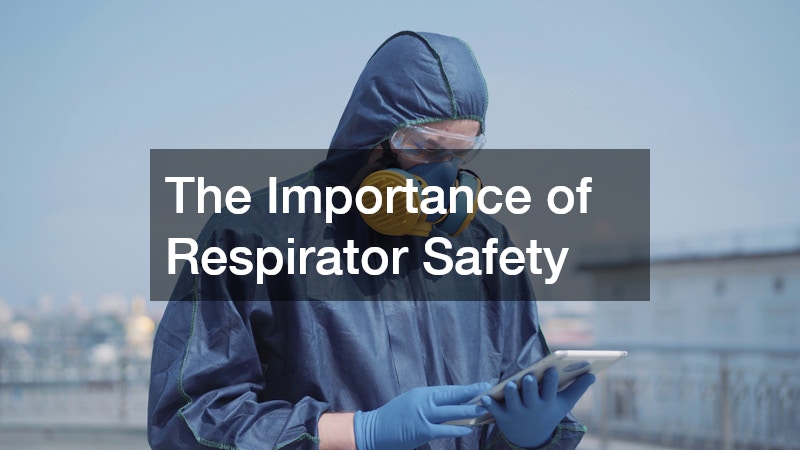In typical circumstances, employers rely on training programs and team-building activities for professional development at all levels of the organization. In Singapore, busy professionals take SkillsFuture courses to gain mastery of their respective fields and more employment opportunities. Today, experts believe that providing a safe workspace contributes to workplace learning by improving performance and productivity.
Today, more companies have communicated their plans for reopening, a welcomed move following the global COVID-19 quarantine period. As countries pave the path forward, employers implement plans to bring employees back to the corporate offices. But with COVID-19 remaining a big threat, companies should prioritize creating a safe workspace for staff.
Preparing the company to reopen safely is more than just providing hand sanitizers and sanitizing work surfaces. The pandemic has not only affected everyone’s physical health but also their emotional health. This means employers should establish policies and initiatives on how they can protect their staff’s mental well-being. In this case, companies should consider this in their reopening plans to ensure a safe workspace for everyone.
Given the importance of creating a safe workspace in these uncertain times, we’ll talk about its significance in workplace learning and the promotion of employees’ mental health.
Brings more confidence to employees
The healthiest workplaces are aware of the importance of safety in the workplace. Each staff looks at “safety” differently, depending on their unique situation. But regardless of its various meanings, what unifies every safe space is its ability to allow employees to be vulnerable.
For example, a workplace that values psychological and emotional safety does not punish employees for making mistakes or missing deadlines. They also allow more freedom for staff to be themselves and to let their guard down. Managers welcome emotions and don’t view them as something that hinders work performance. They understand emotions are what make employees more human and work towards creating a supportive work environment possible.
In turn, employees feel more equipped to handle a variety of work-related emotions while having more confidence to communicate their concerns. They are also more likely to be comfortable in being emotionally transparent with people around them. If they want to offer suggestions during meetings, they can confidently do so without thinking about discrimination.

Strengthens professional dynamics
Workplace safety initiatives, such as training programs, promote and maintain valuable connection and engagement among employees, strengthening professional and personal dynamics on different organizational levels. But keep in mind not every latest safety protocol requires a workshop or training session. This can be applicable if you’re introducing a new policy or major practice.
Use safety training not only for educational purposes but also to bring fun and engagement in the workplace. Studies show a disengaged staff can cost companies billions of dollars each year. This is a perfect opportunity to gather and connect employees over safety and other significant issues in the workplace. The level of engagement you will reap from these initiatives will be worth it, causing an immediate improvement in daily operations and increased ROI.
Improved work-related stress management
When it comes to workplace safety, employers often give more attention to physical safety risks and prevention. But with the pandemic causing widespread loneliness and isolation, companies should also consider the emotional and well-being of staff.
Psychological safety has a direct link to workers’ productivity, work performance, and physical safety. According to a study by the American Psychiatric Association Foundation, employers lose an estimated cost of $44 billion in productivity each year from depressed employees.
Loneliness, depression, and other mental health concerns have increased in the past years, but employers can do something to reduce the figures. There are plenty of resources available to improve stress management and create mental health programs in the workplace. If done well, this will put managers and employees in a stronger position to handle their coworkers’ mental health safety.
In turn, you’re creating a safe work environment where employees feel more open and comfortable to discuss safety risks without any fear. You should also encourage them to raise safety concerns and reward them for doing so. In the end, a strong culture of well-being and safety can impact the quality and productivity of work across the organization.
Getting workplace safety right can provide a lot of benefits to employees. The discussion above proves that promoting a safe and healthy workplace is good for people’s physical and mental well-being. In this case, making sure your company is safe for everyone can make a big difference in boosting your bottom line. Start now and make your employees feel more safe and valued in your company.










